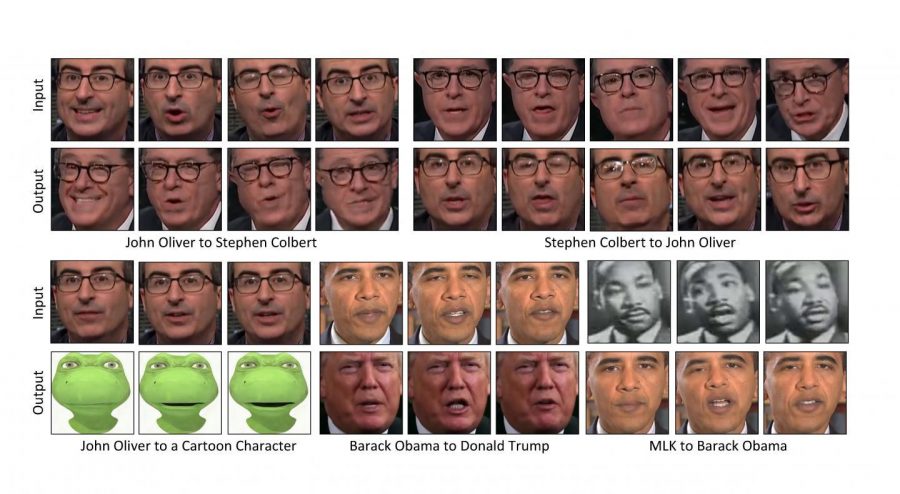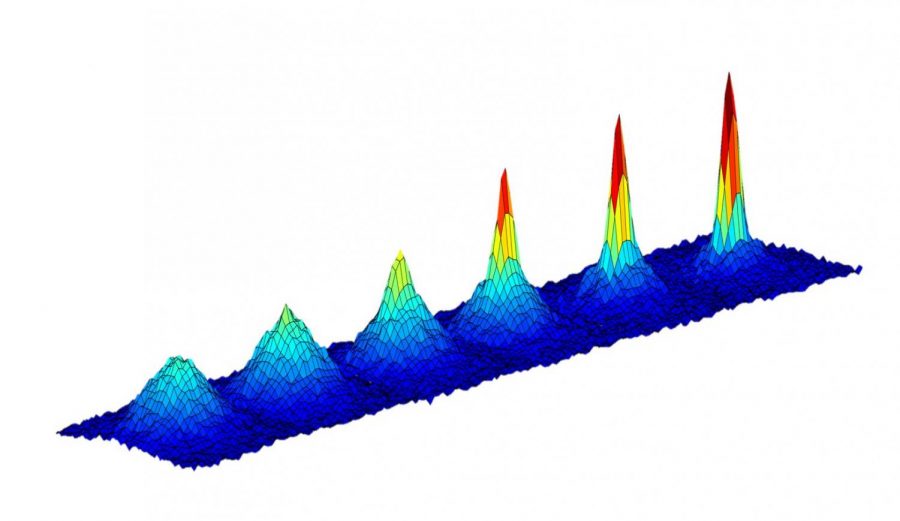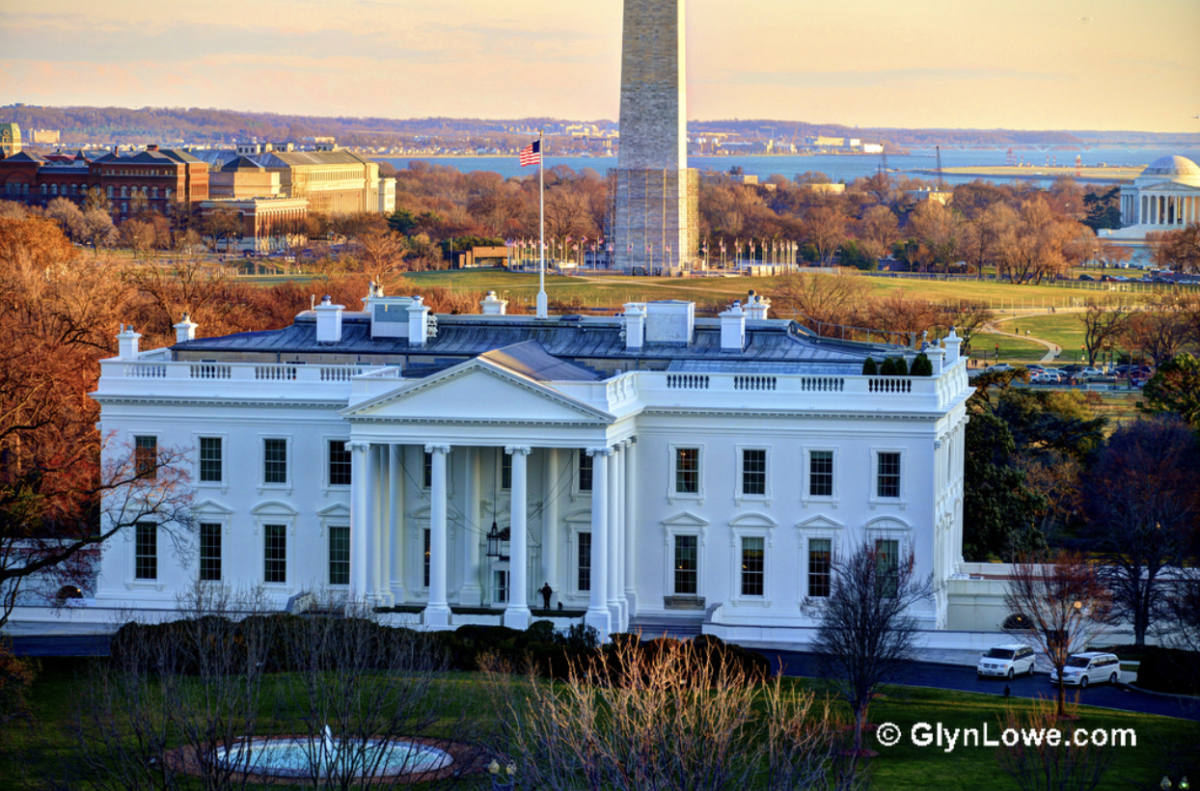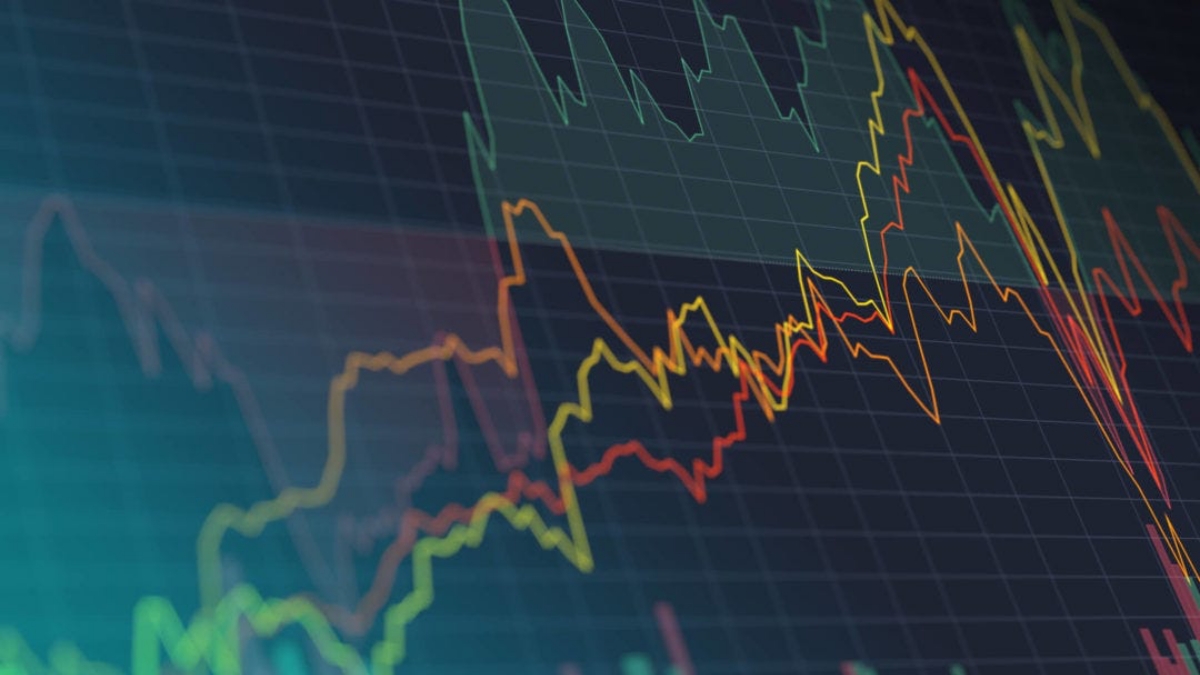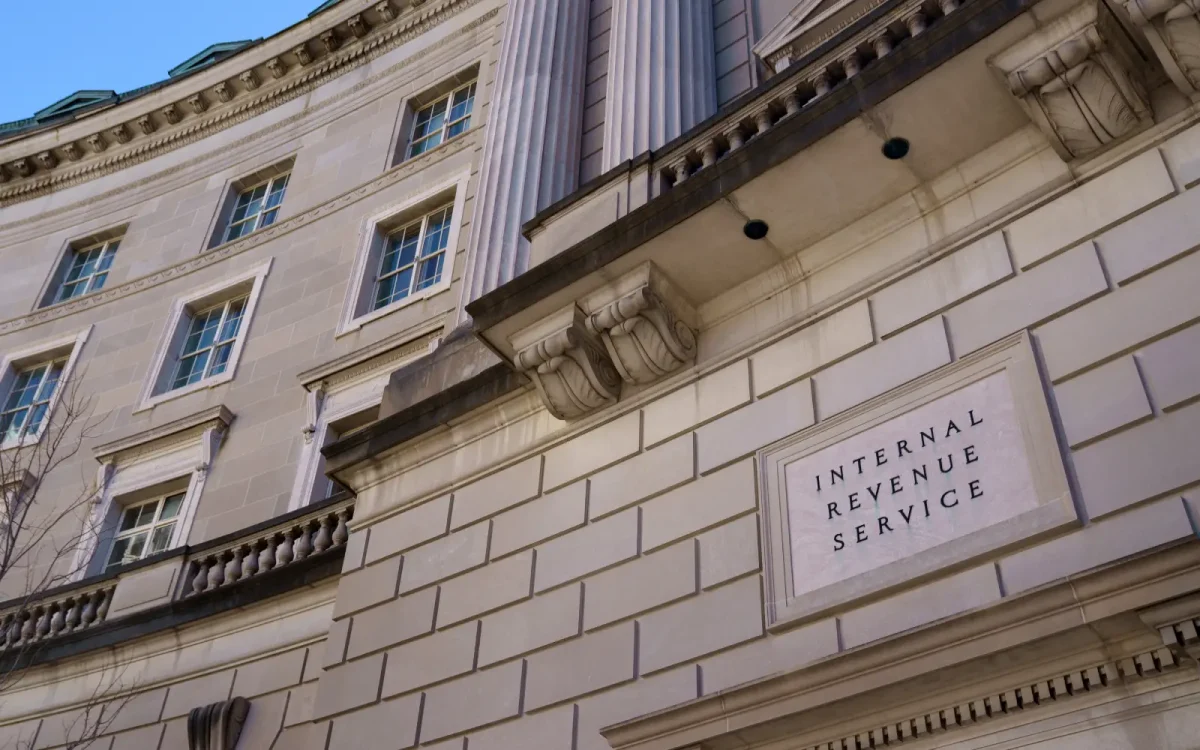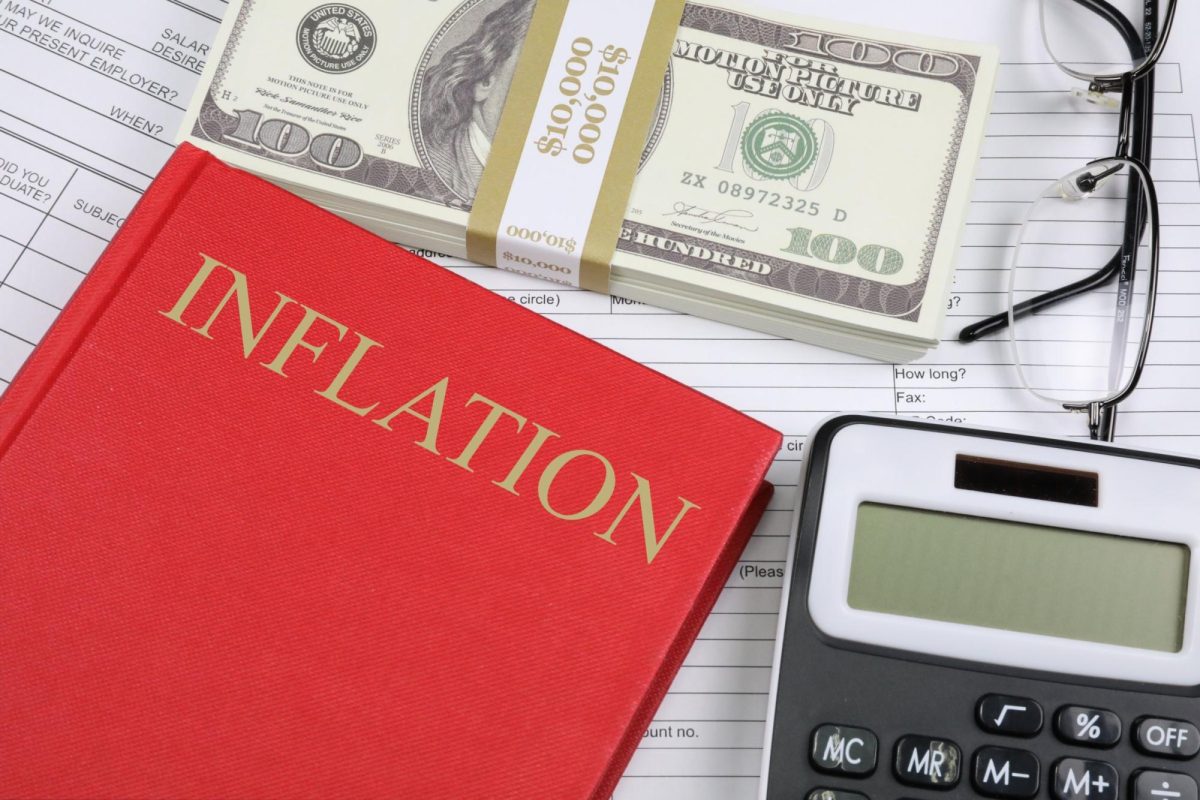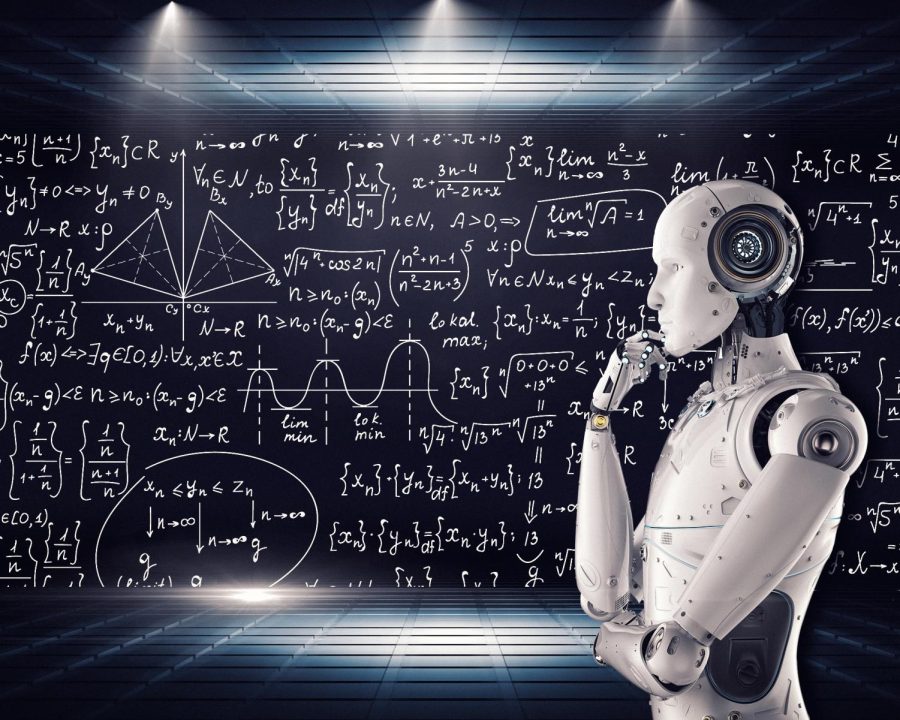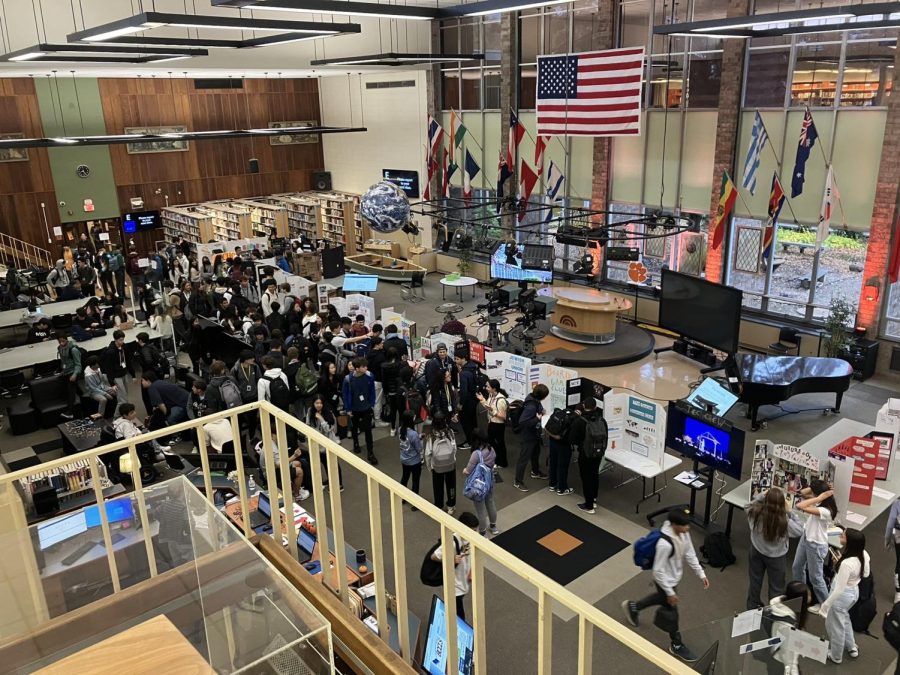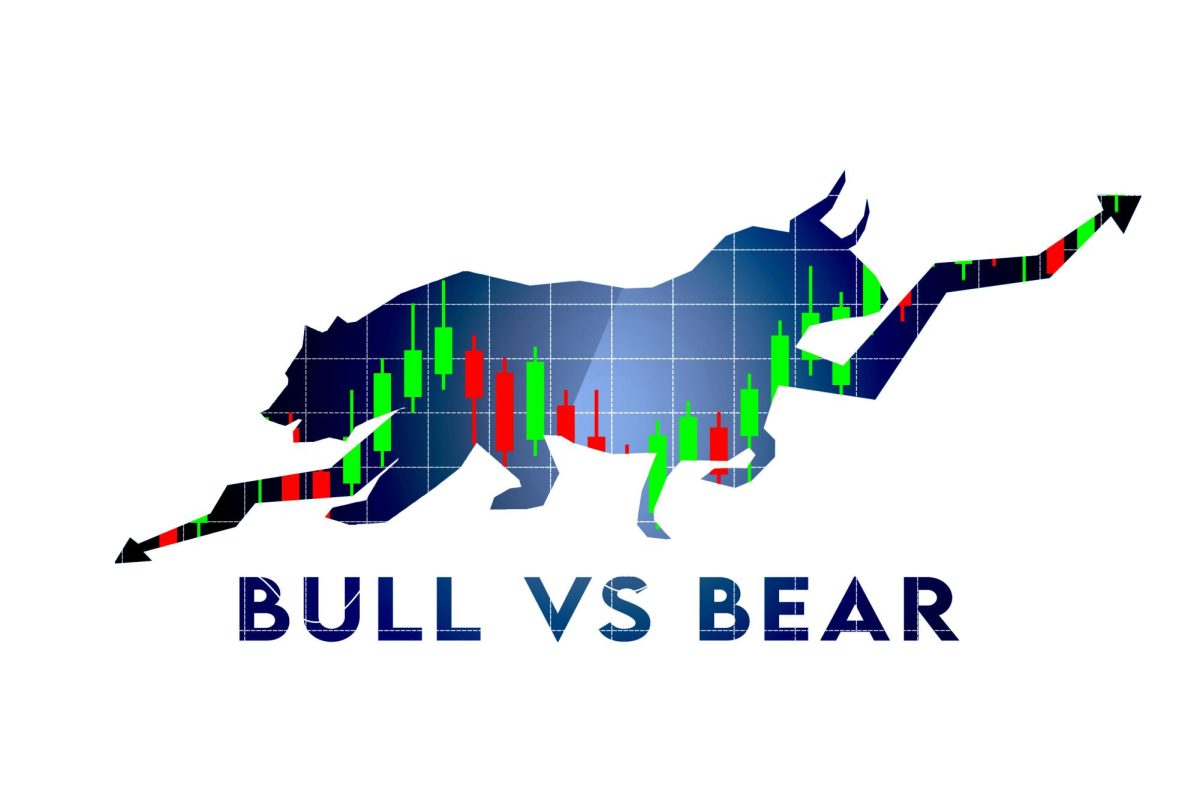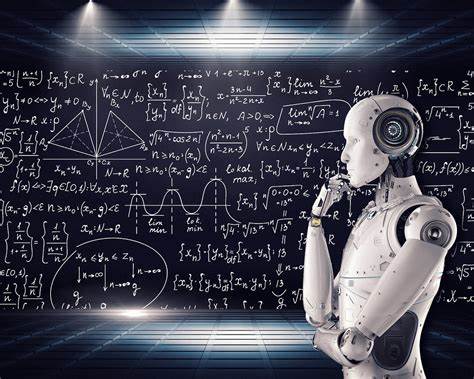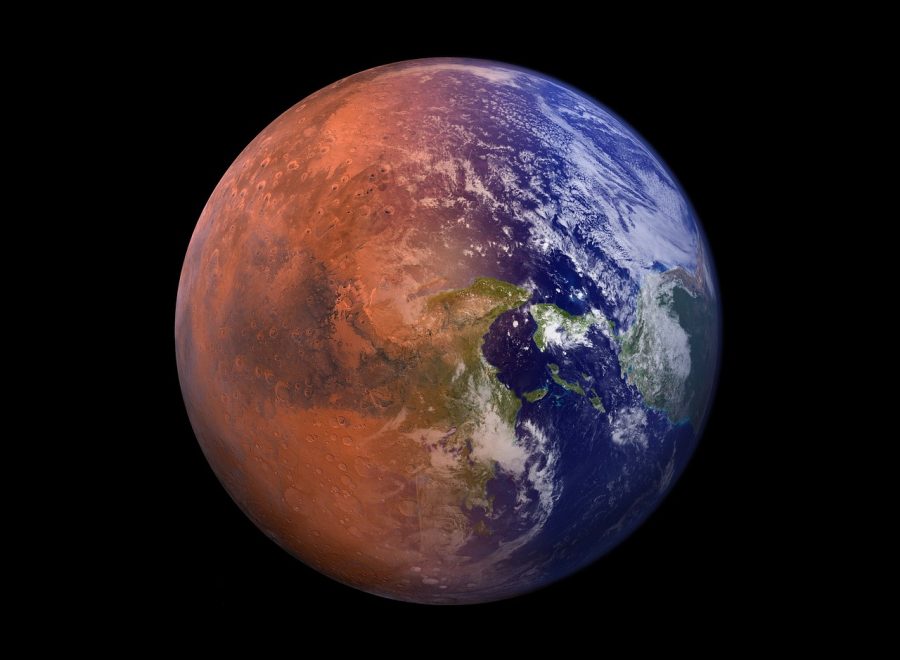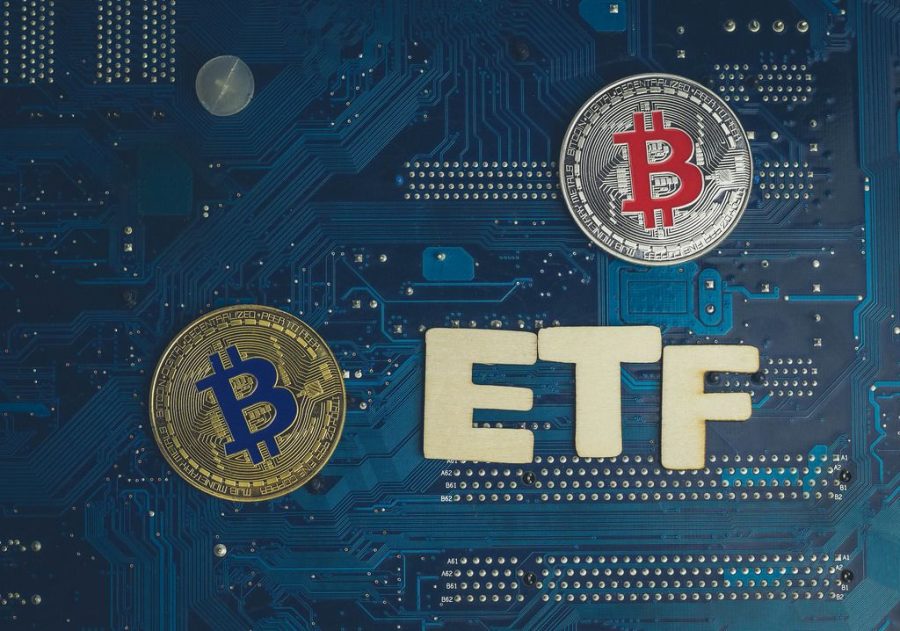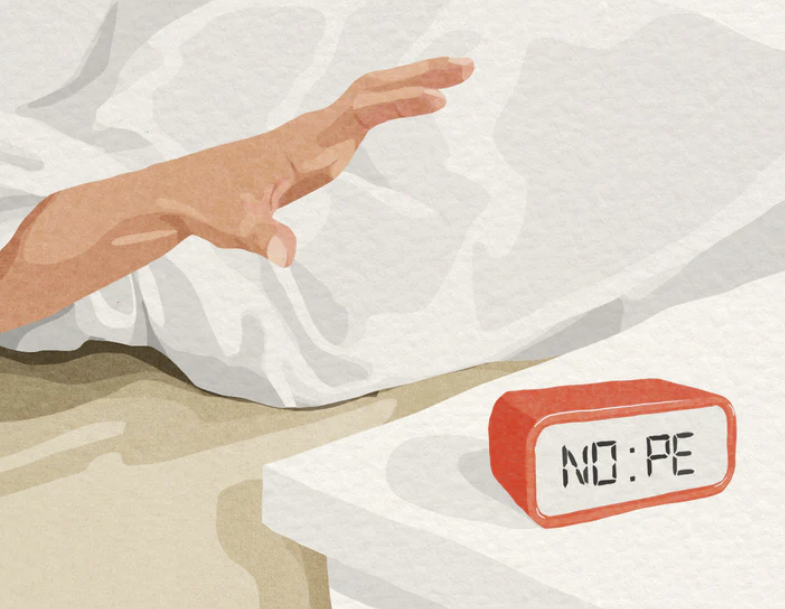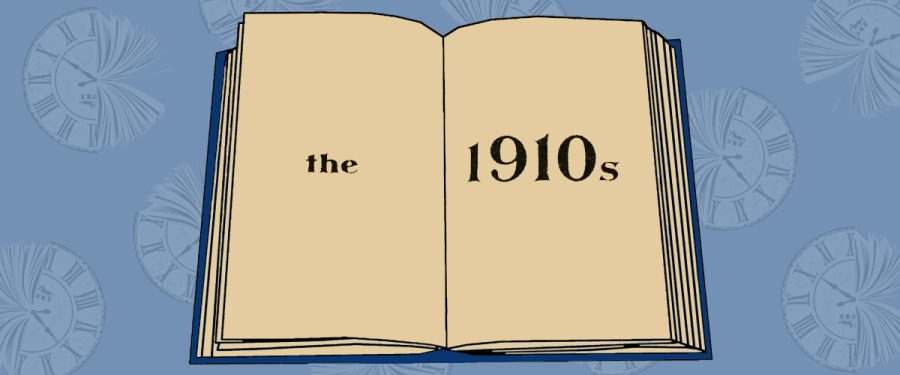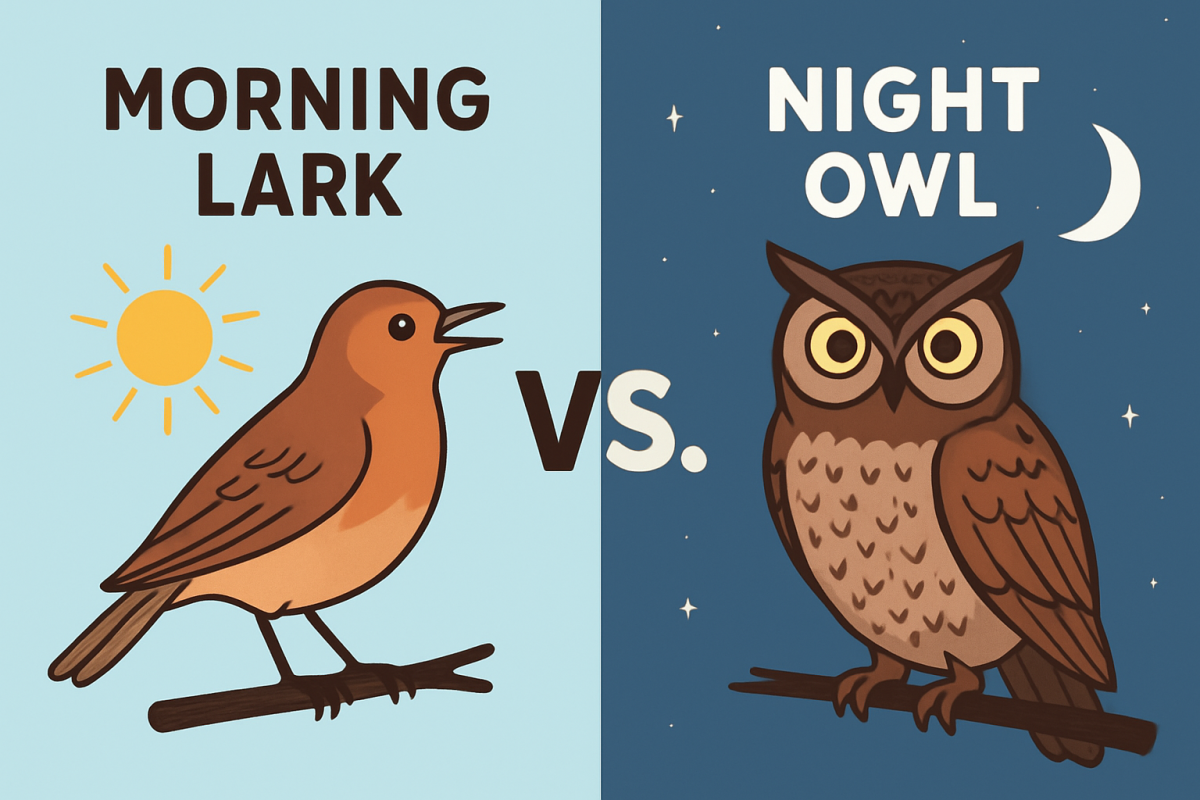Inflation is a term mentioned everywhere in the news. As a substantial indicator of a country’s economic health, the central bank of a country often incorporates policies—generally through interest rates—to control inflation. Hyperinflation can cause a developing country to stay in economic poverty for decades with no solution in sight. Former President Gerald Ford even declared inflation as “public enemy number one” of the United States in 1974. Most people know inflation as a broad concept: the loss of money’s purchasing power over time. But on a deeper level, what exactly is inflation and what drives it in the United States?
Inflation refers to the rate at which the general price level of goods and services rises, eroding the purchasing power of money. Simply put, a dollar today buys less than it would have yesterday. This is also the reason why a couple of cents in the early 1900s could have bought something worth many dollar bills today. Inflation increases for a combination of many reasons, but the major drivers of inflation include when demand for goods exceeds supply, or when production costs rise (like wages or raw materials). Inflation is measured by the Consumer Price Index (CPI) as a percentage change, which tracks changes in the average price level of a basket of goods and services that are often bought by households. Although inflation is generally associated with a negative image because rapid increases can strain the financial state of the country, moderate inflation is necessary in a growing economy. In the United States, the Federal Reserve Bank operates to control inflation with the goal of sustaining a two percent inflation rate over the long term.
Often, a rise in inflation rates above the optimal amount will result in the central bank increasing interest rates. Higher interest rates discourage lending and borrowing, which in turn leads to less consumer spending and business activity. Slowing down demand allows supply to catch up, which eventually leads to less inflation.
Recent headlines of a 0.5% increase in inflation in January has caught the attention of many economists in the United States. That brought the year-over-year (YoY) rate of inflation to 3.0%, higher than the 2.9% that was expected by economists. YoY rates of inflation are calculated using 12-month periods, meaning that the January 2025 YoY rate of 3.0% indicates a 3% rise in consumer products since January 2024. This calculation is useful for long-term analysis of inflation rates, while minimizing seasonal effects (i.e. heating costs spiking in winter). The 0.5% CPI increase in January alone was the largest increase in monthly inflation rate since August 2023, according to the US Inflation Calculator. The immediate effect of the inflation rate announcement was the fall of stock futures and rise of both the dollar and Treasury yields.
“[The reaction] reflects concerns about inflationary pressures and the potential implications for monetary policy,” Ajene Oden, Global Investment Strategist at J.P. Morgan Wealth Management, said. As mentioned before, a rise in inflation rates higher than the optimal amount leads to higher interest rates from the Federal Reserve. According to The Wall Street Journal, the inflation rate increase has caused the Fed to maintain current interest rates of 4.25% to 4.50%, after three consecutive tax cuts in late 2024. Rather, according to J.P. Morgan Wealth Management, “higher-than-expected inflation may delay these [rate] cuts to the latter half of the year.”
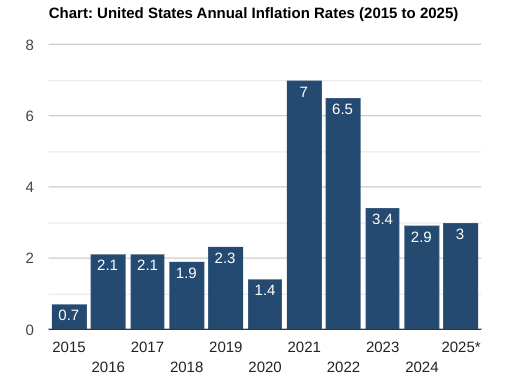
Although inflation can occur for many different reasons, one large reason for the inflation increase, specifically during the month of January, is the uncertainty surrounding how Trump’s notorious tariffs will affect prices of goods. For one, the United States imports a multitude of goods from China, Mexico, and Canada—all countries affected by the Trump tariffs. According to Professor Howard Schnelder from Stony Brook University, “Fed officials worry the moves could cause a surge in public expectations about inflation that would threaten more chronic price hikes in the future.”
Many specific goods contributed to the rise in inflation during January: J.P. Morgan Wealth Management reported that inflation was mainly driven by a 1.1% month-over-month (MoM) increase in energy prices, a 1.8% MoM rise in gasoline prices, and a 0.4% MoM increase in the food index, the sharpest pace in two years. The food index inflation was heavily influenced by a 15.2% MoM increase in egg prices, due to the recent outbreak of Avian flu. Such an example shows why YoY comparisons of inflation are analyzed for the majority of the Fed’s decision making; shorter, seasonal causes can affect MoM inflation rates in drastic ways.
As the economy moves forward, policymakers, business owners, and consumers will need to adjust to the constantly-changing inflation rate.













































